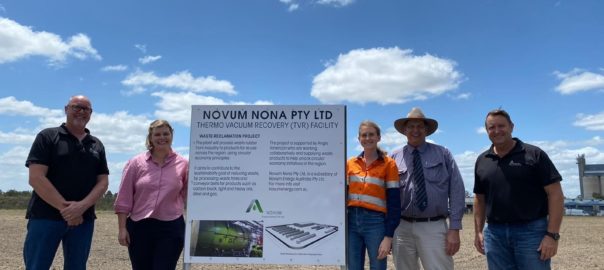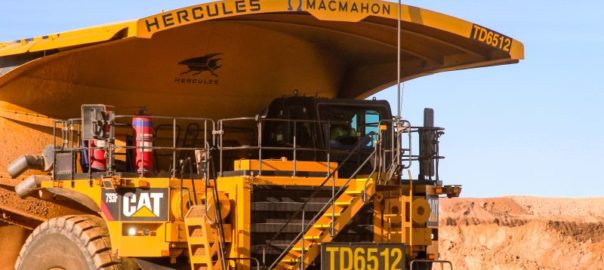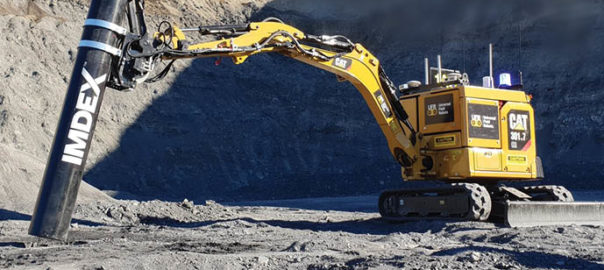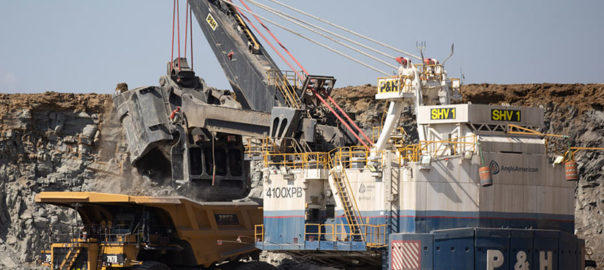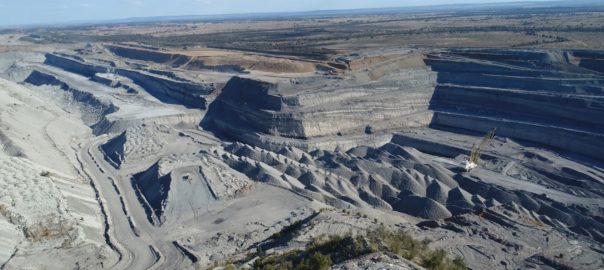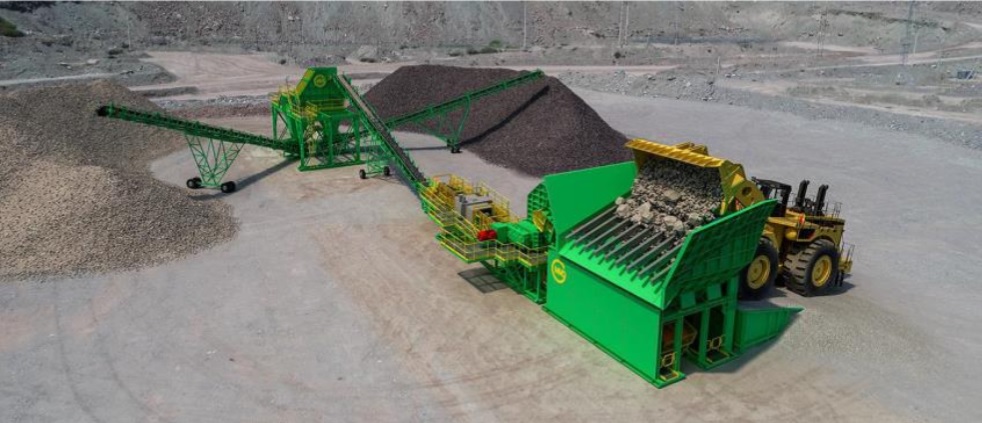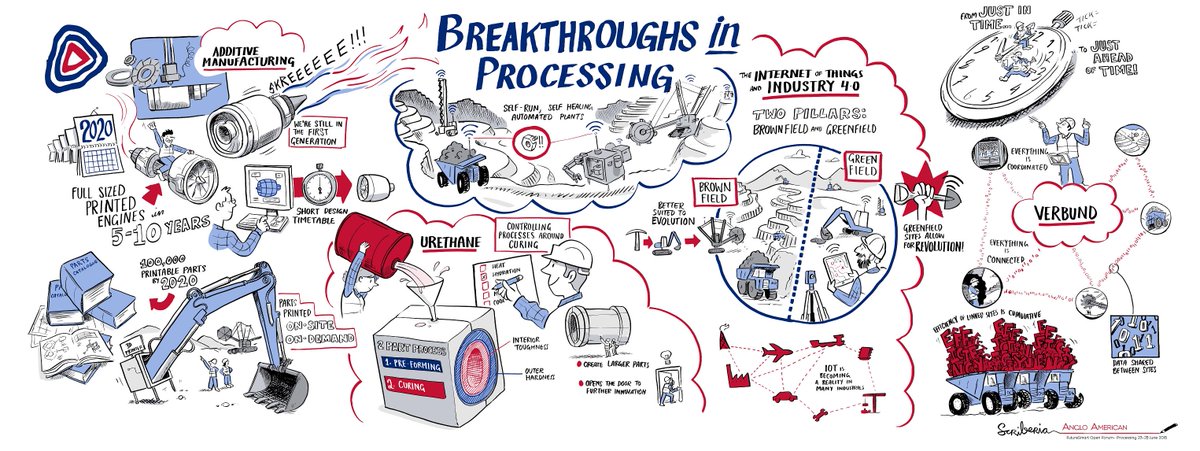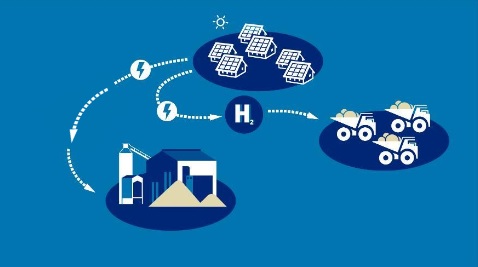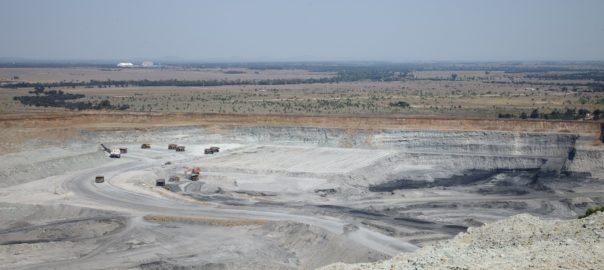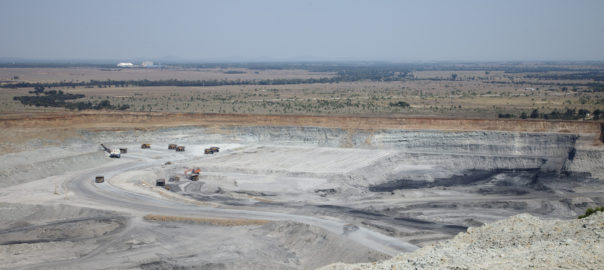Anglo American says it is moving towards a sustainable “zero-waste future” at its five metallurgical coal operations in central Queensland, Australia, through a new collaboration with Novum Energy Australia that will see rubber waste products transformed into useable raw materials.
Used mining truck tyres and conveyor belts from the mine sites will be supplied to Novum, who will convert the rubber into industrial products including heavy and light oils, carbon black, syngas and steel.
Today, the Assistant Minister for Local Government, Nikki Boyd, and Banana Shire Mayor, Nev Ferrier, officially opened Biloela’s Raedon Street Industrial Estate where Novum will begin construction of its thermal recovery processing facility.
Anglo American Metallurgical Coal CEO, Tyler Mitchelson, said the partnership would create regional employment opportunities as Anglo American shifts towards pursuing circular economy initiatives.
“The new facility is located in the Banana Shire where our Dawson metallurgical coal mine is located,” Mitchelson said. “We have the opportunity to play a role in reshaping the economy towards a more sustainable path and contribute to creating new industries in the region.”
Novum Energy Australia Managing Director, Rowan Kendall, said the new plant at Biloela would be the first of its kind to be constructed in Australia and would employ up to 25 full-time employees once fully operational.
“Our partnership with Anglo American has enabled Novum to construct this industry-leading technology in regional Queensland which will be able to process up to 8,000 t of waste tyres and conveyor belts each year from 2022,” Kendall said.
“By applying a thermo vacuum technology, we aim to use the gas recovered from recycling the rubber to generate electricity to supply power to the processing plant and surplus electricity to electric vehicle charging stations to be built on-site.”
Anglo American says its Sustainable Mining Plan sets out ambitious targets to improve the sustainability of its operations across the world.







